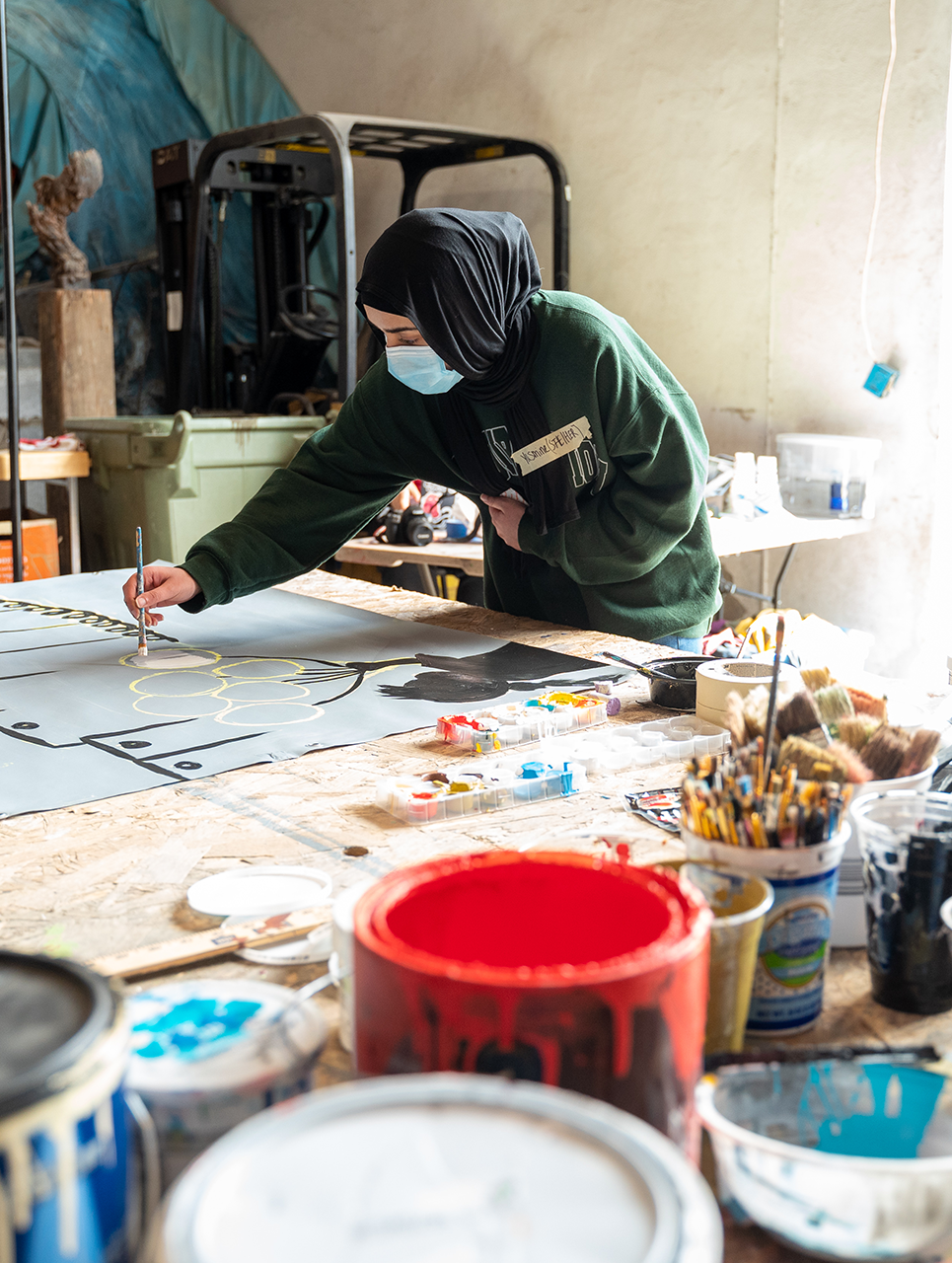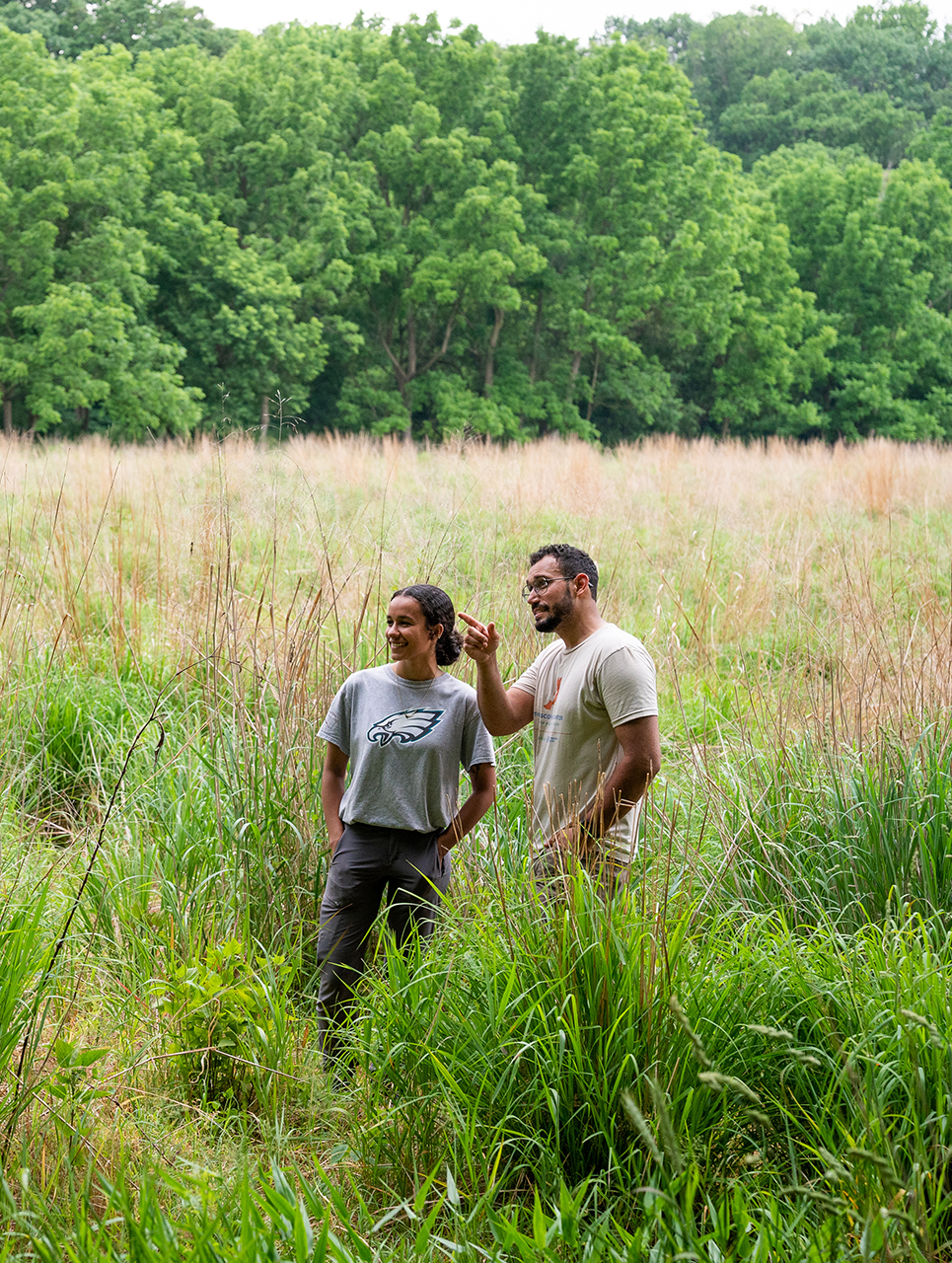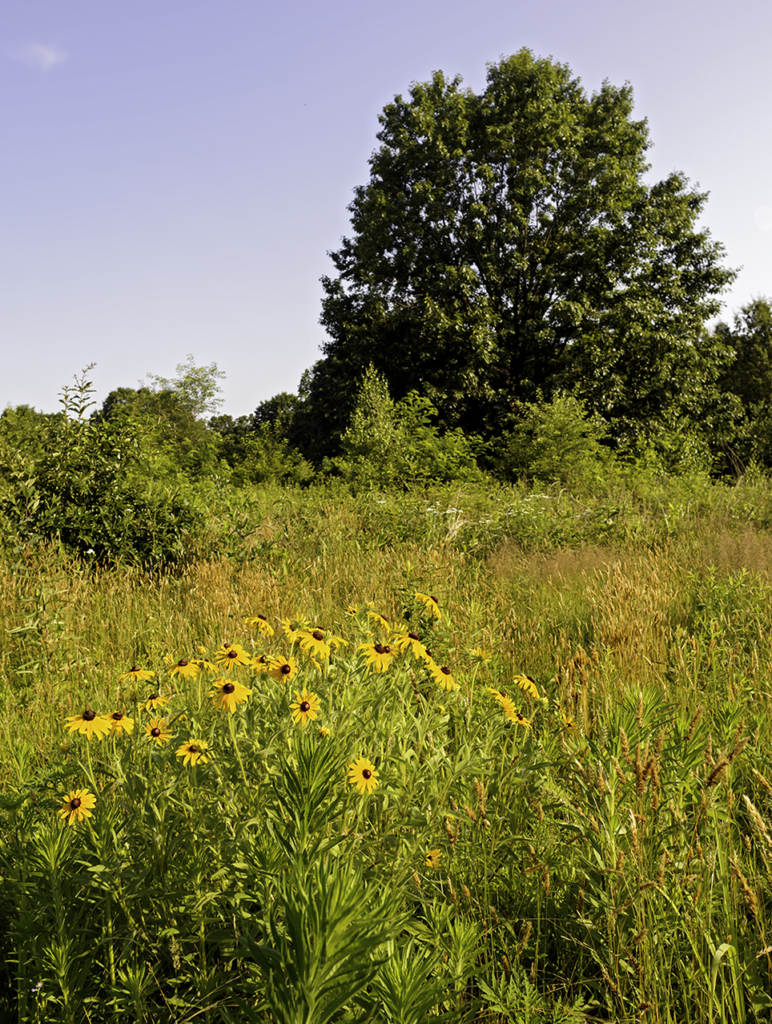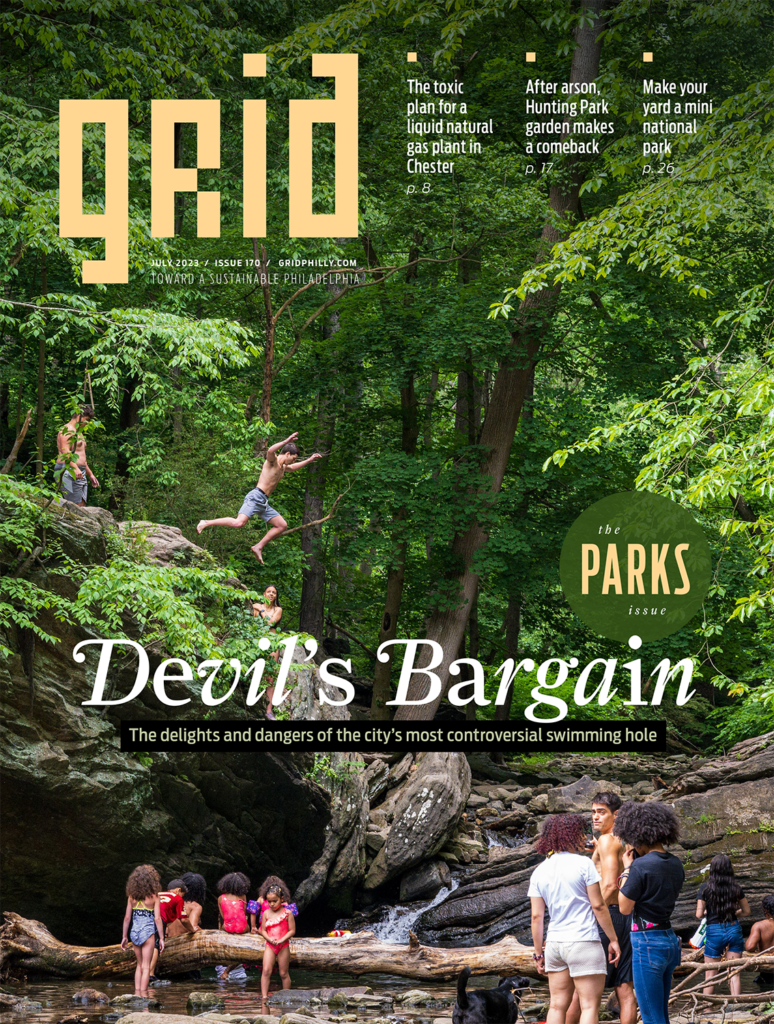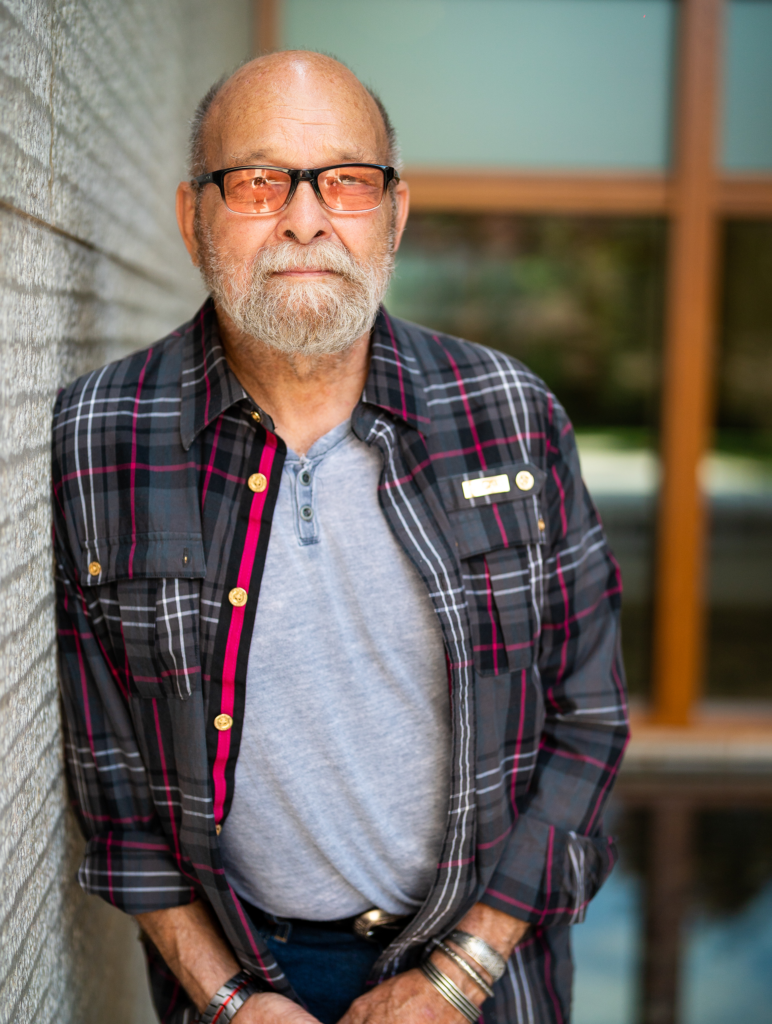At Spiral Q’s West Philadelphia headquarters, puppet artists cut out cardboard, shape it into bulldozers and paint it to prepare for a protest march against the 76ers’ plans for a Chinatown arena.
“There’s something childlike about them,” says Jacque (who did not provide a last name), while taking a break from painting cardboard miniatures of the Chinatown Friendship Gate on 10th Street. The miniatures will be attached to cardboard caps for demonstrators to wear. “There’s an absurd quality to puppets that draws people in.”
While many people might duck past soapbox speakers, puppets command attention.
“The puppet is mighty,” says Spiral Q co-director Jennifer Turnbull. “They can say and do things that people can’t. They can throw a leg impossibly high and flip upside down.”
Puppets also seem to slip past one’s defenses to convey a message.
Scott, across the table from Jacque at the arts build led by Spiral Q, spoke of the force of huge likenesses as he painted four-foot-high cardboard images of glasses of bubble tea.
“Seeing these images may make people ask themselves what will happen if Chinatown disappears,” says Scott, a chef by trade and a member of the Restaurant Industry for Chinatown’s Existence (RICE).
If Philly’s streets, like all the world, are a stage as Shakespeare claimed, Spiral Q helps activists play them to the hilt. For decades, Spiral Q has assisted social justice, arts and culture, and education groups in designing and building puppets — some of them gigantic — to dramatize urgent issues.
“We work creatively with around 3,500 individuals each year and bring our public work to an estimated audience of 30,000,” says Liza Goodell, an artist and co-director of Spiral Q. The Smithsonian National Museum of American History includes one of Goodell’s dancing-mailbox puppets in its collection. Turnbull, a dancer and dance educator, has given a TEDx talk about how Spiral Q’s art communicates across boundaries and advances justice.
Matthew “Mattyboy” Hart, who launched Spiral Q in 1996, chose the group’s name because spirals symbolize magic, growth and power, while the Q refers to queerness. At first, Spiral Q puppeteers took to Philly’s thoroughfares — and sometimes landed in jail — to boost awareness of HIV/AIDS. That focus grew to a puppet festival and annual Day of the Dead parade. By the early 2000s, Spiral Q brought other issues to the streets and founded the Peoplehood Parade and Pageant, now in its 22nd year.
Spiral Q continues a long tradition, according to Sarah Plummer, a Ph.D. candidate at Virginia Tech, whose dissertation centers on puppets and protest.
“I specialize in rod-puppets,” Plummer says. “There are many kinds of rod-puppets originating in ancient cultures across the world. Puppets have a rich history of being used in protest, from Punch and Judy shows mocking royalty in the 1600s to giant rod puppets [that Bread and Puppet Theater] used to challenge police and landlords in the 1960s.”
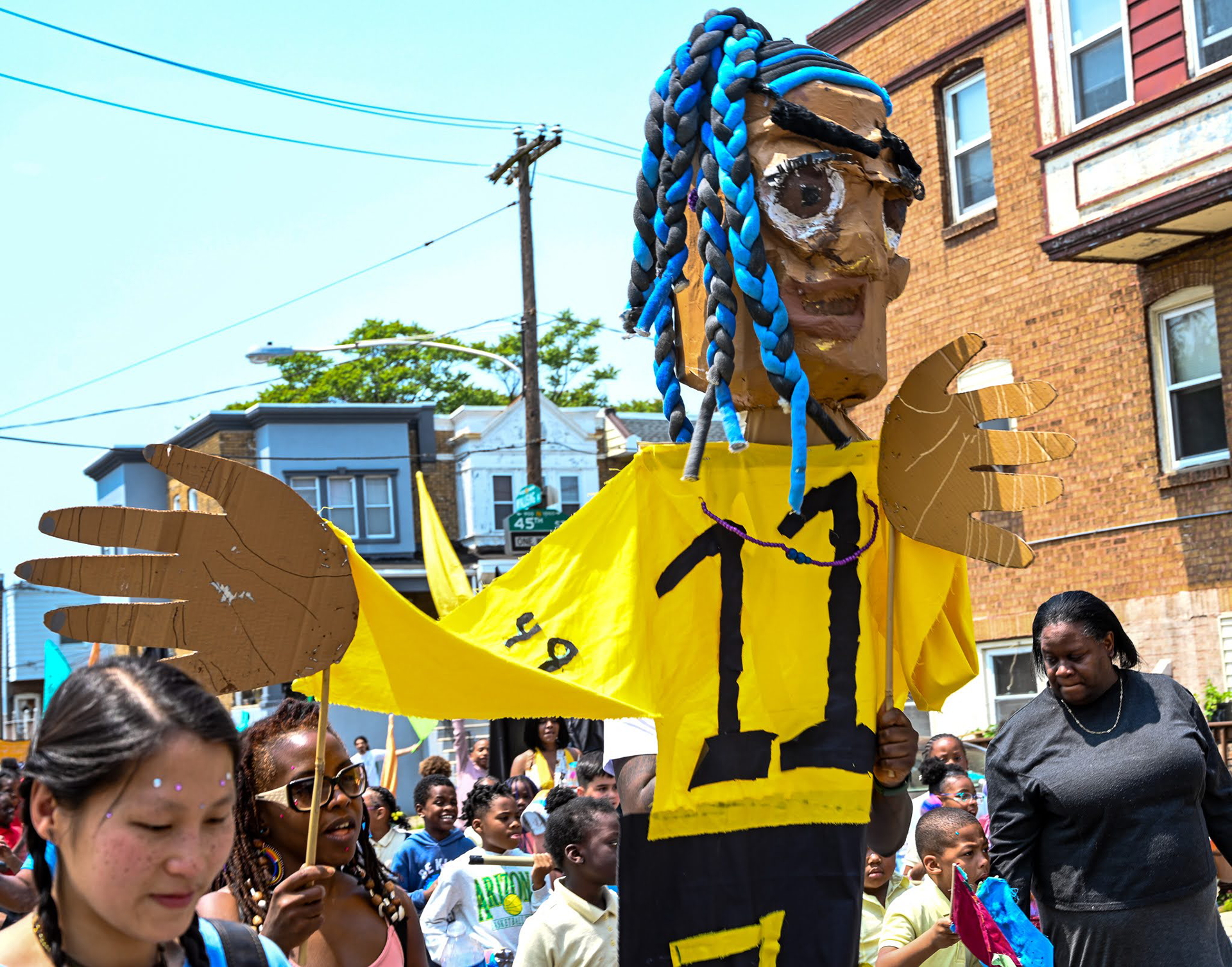
A strong visual can ignite change, says Turnbull.
“It can create a turning point,” Turnbull says. “That’s what happened when Emmett Till’s mother had an open-casket funeral for her son, showing how a white mob had tortured him. Puppets can have a similar effect.”
“The point of making a puppet is to amplify what you have to say,” Goodell adds. “You make sure your image is going to be captivating for the media because that’s how you’ll get your message out.”
Spiral Q relies on a motley band of admirers for supplies.
“We get paint from the [Philadelphia International] Airport,” Goodell says. “A printing company donates cardboard. We have relationships with stores and neighbors for materials. There’s a whole ecosystem supporting us.”
While puppets punch up issues on the street, they also work quiet wonders at some schools. Spiral Q has worked with Philly schools on parade projects and after-school programs since 2003. Fourth and fifth graders at nearby Blankenburg Elementary School, 4600 West Girard Avenue, gain skills beyond sharper artistic expression when they make puppets.
Art-making skills go hand in hand with listening skills, yet it’s the first thing cut from school budgets.”
— Jennifer Turnbull, Spiral Q co-director
They begin by sitting in small groups or a story circle to learn about one another, says Spiral Q’s education coordinator Rob Seitz, an arts education professional with 17 years of experience in teaching and curriculum development. The children decide together on the kinds of features the puppet will have and what emotion it will express.
“As a teacher, your goal is to build up the children,” Seitz says. “We engineered these workshops specifically to include consensus and making decisions. Kids vote. They feel part of the outcome. They gain skills they can use as leaders, such as how you resolve conflict, how your voice can be heard, how to describe and recognize a puppet’s emotions in a closed mouth or furrowed brow.”
Turnbull points out that making puppets hones children’s ability to listen.
“Art-making skills go hand in hand with listening skills, yet it’s the first thing cut from school budgets,” Turnbull says.
Spiral Q depends on neighbors for most supplies, including house paint, egg cartons, cereal boxes and yogurt cups for paint, Goodell says.
“Using household items means that kids can make puppets at home,” she says.
Creating puppets’ vivid faces seems to be healing.
“It lets out some of my feelings to make puppets,” says Ariel, 10, a fourth grader. “[Today] I helped make one with hair with nice bangs. It had red lips and brown eyes. Nice contours. It looked happy, but fake-happy.”
Christian, 9, also zeroes in on puppets’ emotions.
“We wanted the puppet to be both happy and sad, happy on the outside but sad on the inside,” he says. “We actually get to show off our puppets in a parade.”
Asr, 9, focuses on cooperation.
“I like how we make a community agreement,” he says. “I like making [puppets’] noses.”
At the end of each two-hour weekly puppet-making session, after the room has been cleaned, everyone gets to express feelings, positive or negative, Seitz says.
“I want to recognize everyone in this class for making so much progress,” he says. “I saw that everyone was working hard today.”
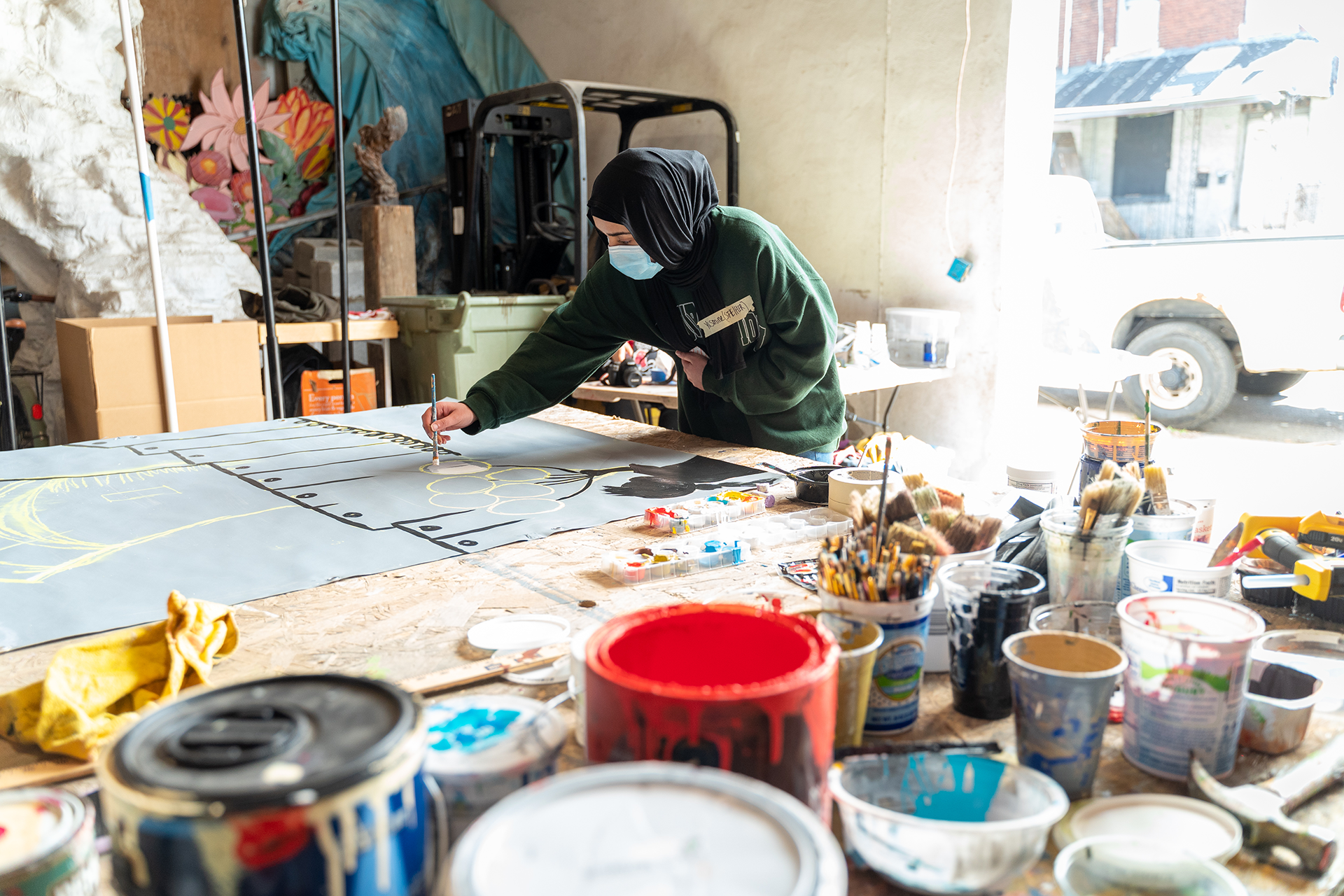
Antonia Betancourt, a Blankenburg art teacher, finds that puppet making allows each student to feel valued.
“The experience of collaboration is not typical of art classrooms,” Betancourt says. “It gives each student a voice.” The whole school gets to participate in a year-end puppet parade where some carry banners and others play music and chant.
Sheena Wilson, Blankenburg’s principal, takes pride in the parade.
“It’s a real parade,” Wilson says. “You get a police escort. Neighbors sit out on their stoops to watch. Cars honk horns. It’s a joy! It can spark fires inside the kids. They should have access to experiences that broaden their horizons.”
The last few years have brought challenges for Spiral Q. In 2021, Hurricane Ida flooded their storage space and 70% of their 26-year collection was lost.
“In addition, we don’t have enough space,” Goodell says of Spiral Q’s temporary West Philly location. “We’re looking for an affordable space.”
Despite the difficulties, Spiral Q will hold its trademark Peoplehood Parade on Saturday, October 22.
“The parade starts at the Paul Robeson House, 4951 Walnut Street, and goes to Clark Park at 45th and Chester Avenue,” Turnbull says. “Giant puppets, community groups and families with young children take part in Peoplehood. It’s an incredible honor to do this work.”

